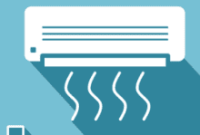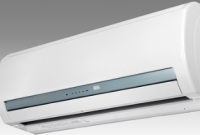Paper is an essential part of our daily life and despite living in a digital age where e-books are becoming more popular, paper continues to play a vital role. It is important to know the different types, functions, and sizes of paper so that you can choose the right one for your needs. This guide will provide you with everything you need to know.
Types of Paper
There are several types of paper that you need to be aware of:
1. HVS: This is a common type of paper used for printing and photocopying.
2. Dupleks: Also known as double-sided paper, this type of paper is commonly used in printing.
3. Art Paper: This type of paper is used for printing high-quality images or graphics.
4. Art Carton: Used mainly for packaging and printing of high-end materials.
5. Ivory: Ivory paper is distinguished by its soft texture and is commonly used for printing invitations and greeting cards.
Sizes of Paper
There are various paper sizes that you need to be familiar with, which are categorized into series A, B, C, R, and F4. Each series represents a different classification of paper size.
1. Series A: This range of paper is the most commonly used for printing purposes, specifically for documents, reports, books, and schoolwork. The sizes in this series range from A0, the largest, to A10, the smallest.
2. Series B: These paper sizes are commonly used in printing items such as posters, flyers, and wall paintings. The series includes ten different sizes ranging from B0 to B10.
3. Series C: This paper size series is usually used for envelops, maps, and postcards.
4. Series R: Series R paper is internationally standardized and traditionally used for printing photographs. There are 14 standard sizes from 2R to 19R.
5. F4: This standard size paper is used mainly for legal documents in countries such as India, Pakistan, and Sri Lanka.
In conclusion, paper is an important part of our life, keeping in mind the different sizes and types of paper will help you make those important decisions when faced with choices at work, school, or home. So, next time you need to print something, remember to choose the right paper type and size for best results.




